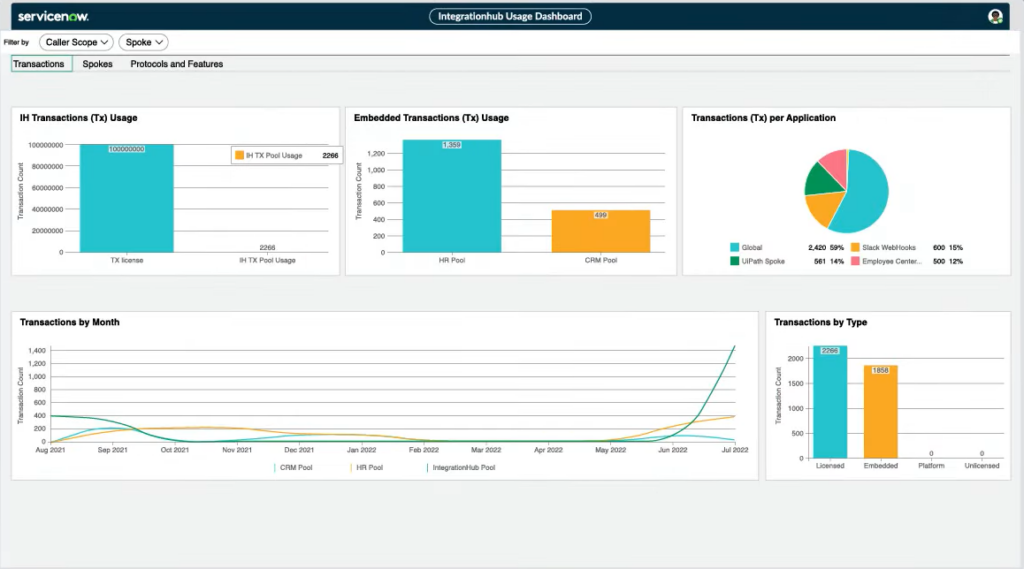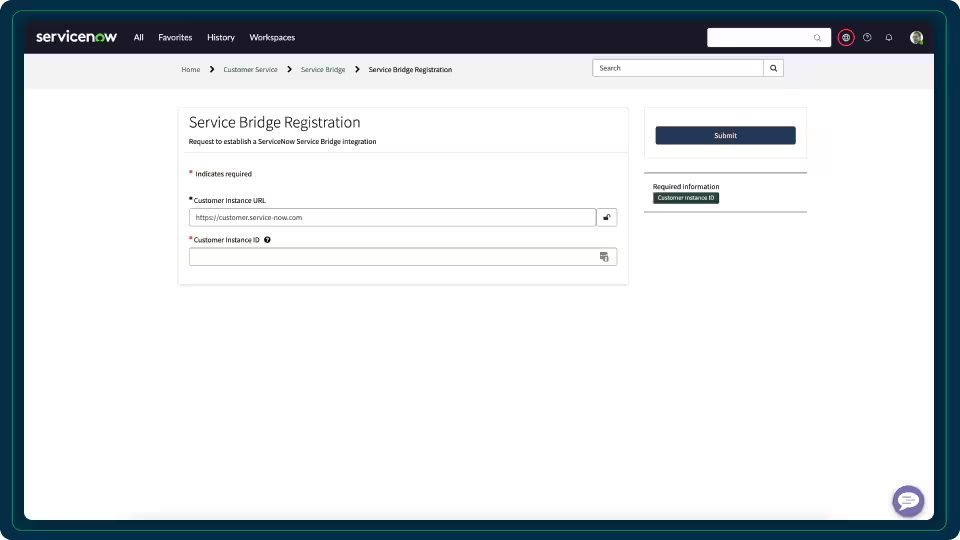Table of Contents
Key Benefits of ServiceNow eBonding
- Ensure Real-time Updates Changes made in one instance are instantly reflected in another application, providing users with access to the latest information.
- Achieve Seamless Collaboration Different teams can share relevant data and collaborate efficiently.
- Increase Operational Efficiency Automate information exchange, eliminate the chances of errors, and reduce the manual effort involved in keeping records consistent across the tools.
- Maintain Data Security Control the visibility of information to respective teams, ensuring data security and privacy.
How to Successfully Set Up ServiceNow eBonding?
- Ensuring that the ServiceNow instances align with the version specified for eBonding and the target ticketing types (request to request, incident, etc.).
- Obtaining approval from stakeholders for the methods of information exchange and overall architecture.
- Defining connections between different datasets appropriately.
ServiceNow eBonding can be done in three ways–the Traditional API approach, the ServiceNow Integration Hub approach, and the ServiceNow Service Bridge approach. Let us look into them in detail.
- Scripted REST APIs
- Table APIs
- Import Set APIs

ServiceNow Integration Hub is available in various packages, the starter package being free. Businesses also have the option to activate Integration Hub on non-production and developer instances for creating and testing integrations.

While companies still use traditional methods to set up ServiceNow eBonding, they may not be the most efficient way of executing the process. Leveraging ServiceNow Integration Hub or Service Bridge helps companies simplify the integration process and allows users to focus more on business-critical initiatives.
ServiceNow eBonding - Use Case Scenario
Master ServiceNow eBonding with an Experienced Partner
As a ServiceNow Premier Partner, KANINI offers end-to-end ServiceNow services for organizations, empowering them to adapt to market changes and gain a competitive advantage. After carefully understanding the requirements and assessing the tools, our experts develop a strategy for ServiceNow eBonding that aligns with the organization’s goals. Get in touch with us to learn more.
Author

Ravi Rajamani
Ravi is the ServiceNow Practice Lead at KANINI. He brings close to 18 years of experience in the IT industry and has strong program & project management skills spanning ServiceNow, Resource Management, Solution Design, and Service Delivery. He has a proven track record of helping enterprise customers leverage ServiceNow platform efficiently.








